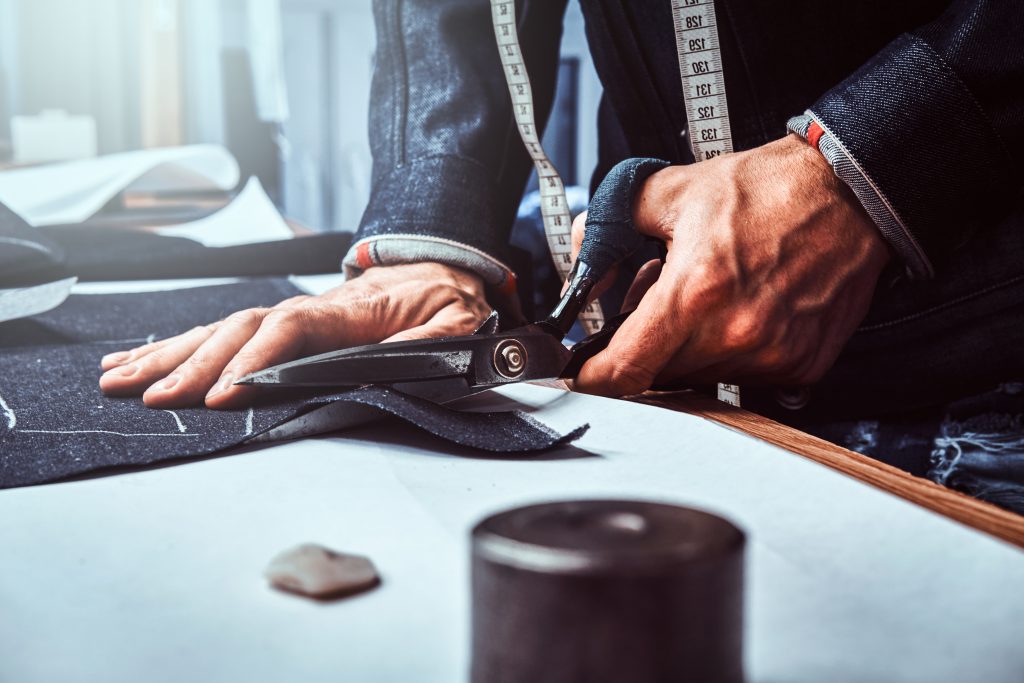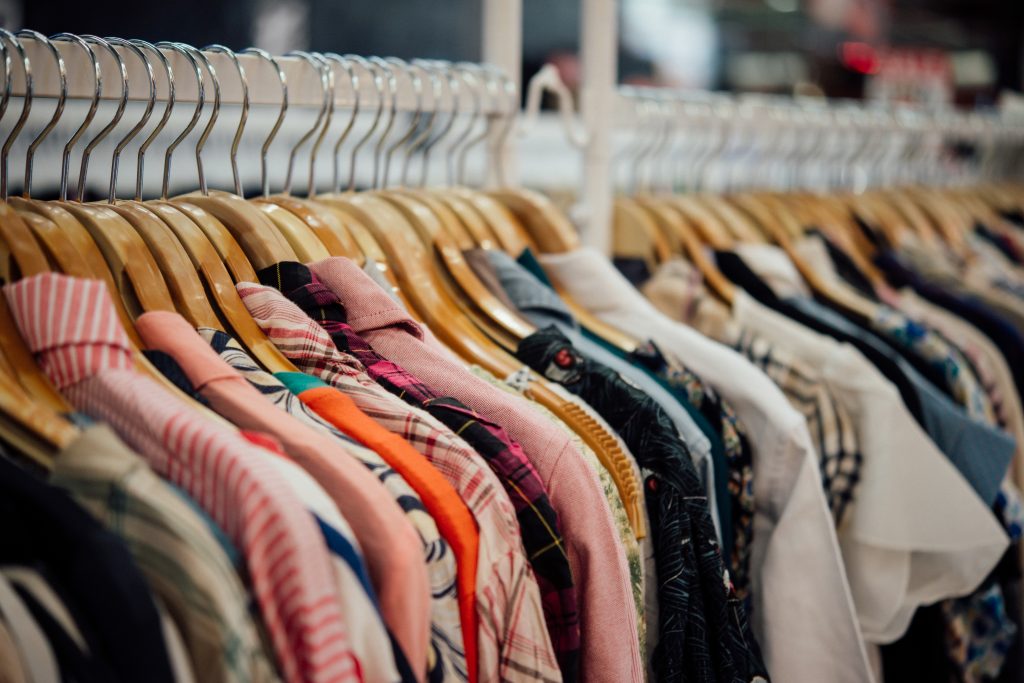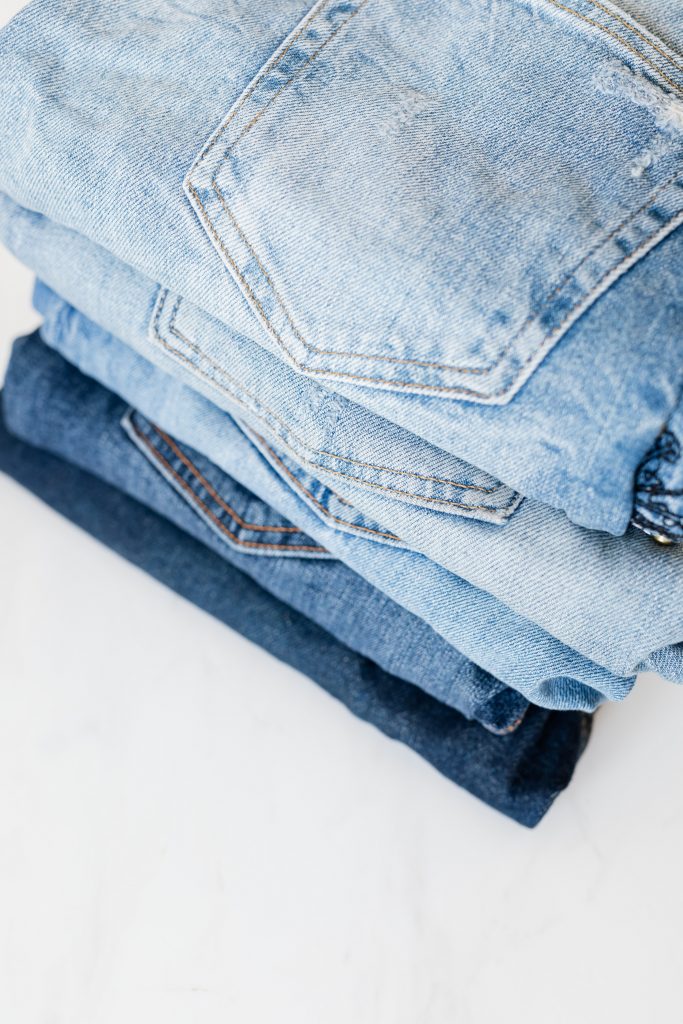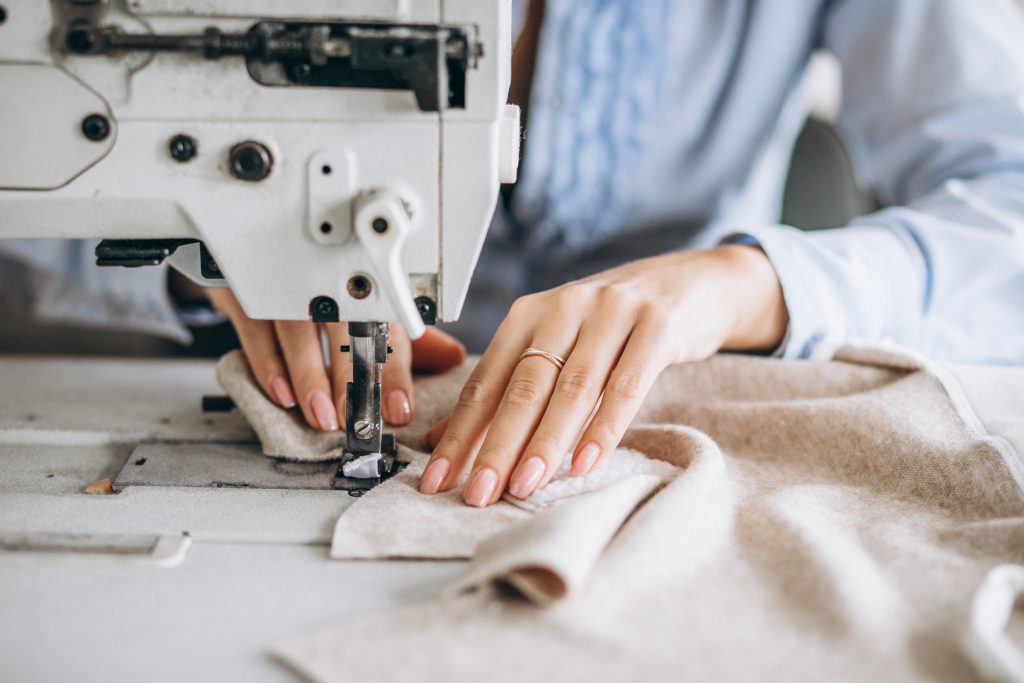
There are several things to consider when choosing an Garment Manufacturer. First of all, make sure you choose a reliable manufacturer that is experienced in the field. It is also important to find out who will manage your account. It is likely that the factory owner will deal with your account and will handle all the correspondence between you and the factory. However, it is also possible to deal with lower level managers who may not be as experienced as the factory owner.
Choosing a Garment Manufacturer
When selecting an garment manufacturer, it is important to choose one with a good track record. You should ask several questions to ensure they will meet your requirements. This includes questions about their products and production capabilities, as well as their ethical sourcing practices. Also, you should ask about any certifications or awards the company has received. These questions will help you decide whether the company is the right fit for your business.
While choosing a garment manufacturer, you should also consider the quantity and quality of fabrics that they use. This is important because the quality of fabrics is an important aspect of comfort and quality. If you want linen garments, for example, you need a manufacturer that uses certified linen. Otherwise, you may end up with cheap, crappy fabrics that do not meet your requirements. Additionally, you should look for manufacturers who produce different weaves and textures.
When choosing a garment manufacturer, you should also consider where the factory is located. There are many advantages to choosing a local manufacturer, but there are also some drawbacks. For one, if you live in a remote area, you may not be able to communicate your needs to a local manufacturer.
When selecting a garment manufacturer, make sure that the company you choose has an expert in your chosen field. You should also be able to communicate with the person who handles your account. In many cases, the owner of a garment factory will be your main contact with the factory, while in another factory, the account manager will be a lower level manager who might be less experienced.
Using the NAICS code
When looking for a garment manufacturer, you should use the NAICS code as a starting point. This code is a classification system that has been developed by the federal government and assigns an industry-specific name to business establishments. You can find a NAICS code by visiting your local library or researching it online.
There are two main types of companies in this code: mail order houses and e-commerce stores. The former type of business is a popular choice for mail order companies. Mail order houses are classified under NAICS code 454110. These companies specialize in sending goods to customers.
The NAICS code has many different subcategories. For example, a garment manufacturer can produce dresses, shirts, and infant wear. Another category is sports apparel. It can produce uniforms for athletic teams. It can also manufacture costumes for sporting events.
Networking with established manufacturers
If you’re a new startup or if you’re planning to launch your business soon, networking with established garment manufacturers will be helpful. Having the right contacts is crucial to success. This article will provide some valuable tips on how to network with established manufacturers. First of all, make sure that you have a good understanding of the manufacturing process. If you don’t have a clear picture of the entire process, you’ll likely end up working with a less than stellar factory.
Network ties were significantly associated with EO, which measures firms’ risk taking and innovation. Firms with higher perceived support for EO were more likely to engage in networking ties. Furthermore, firms were more likely to engage in network ties if they believed these networks were supportive of their business goals and entrepreneurial orientation.
Network ties can give a comprehensive perspective for strategic decisions. For instance, a recent study looked at the relationships among various variables. While the study looked at market-facing strategic alliances, it also analyzed back-of-house activities in apparel manufacturing. In addition, it provided an insight into the factors that promote entrepreneurship and social interaction.
The global clothing industry is important to both developed and developing countries. It employs more than 400000 people globally and has experienced strong growth after 2004. It is made up of various components that are part of global supply networks. They include manufacturers, logistics companies, and retailers.






